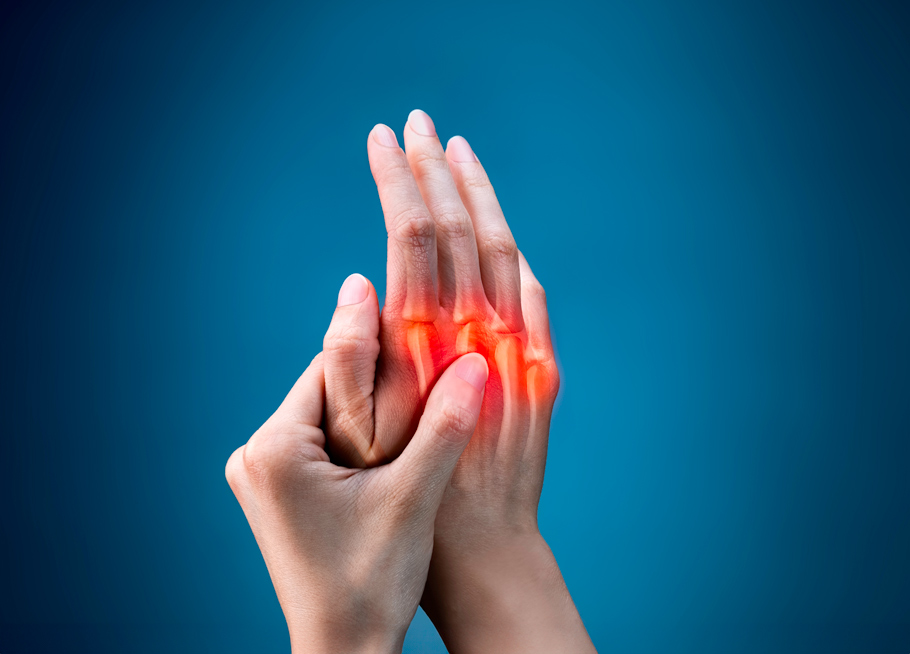
Psoriatic arthritis (PsA) is a chronic condition that blends the swollen, sore joints of arthritis with the skin issues associated with psoriasis. The pain experienced by PsA sufferers is not just physical but multifaceted, impacting emotional and social well-being.
Quick Insight
The pain of psoriatic arthritis is often described as aching, throbbing, and relentless. It stems from inflammation in the joints and entheses, the sites where tendons or ligaments insert into the bone. This inflammation can lead to chronic pain, which is compounded by the skin discomfort caused by psoriasis.
Detailed Analysis: The Pain of Psoriatic Arthritis
Understanding Psoriatic Arthritis
Psoriatic arthritis is an autoimmune condition, which means the body’s immune system mistakenly attacks healthy tissue, leading to inflammation. It affects various joints in the body, from the fingers and toes to the back and sacroiliac joints.
The Mechanisms Behind the Pain
Inflammation is the primary cause of pain in psoriatic arthritis. This inflammation can cause significant discomfort and lead to further complications if not properly managed.
Why Psoriatic Arthritis Flares are So Painful
During a flare, the immune response intensifies, causing more severe pain and swelling. These flares can be unpredictable, adding to the emotional burden of the disease.
Statistics of Psoriatic Arthritis in the UK
Approximately 1.5% of the UK population is affected by psoriasis, and up to 30% of these individuals may develop psoriatic arthritis.
| Condition | Percentage of Population |
| Psoriasis | 1.5% |
| Psoriatic Arthritis among Psoriasis Patients | Up to 30% |
Impact on Quality of Life
The pain associated with PsA can significantly reduce a person’s quality of life, making daily tasks difficult and affecting mental health.
Treatment Options
While there is no cure for psoriatic arthritis, treatments are available that can help manage symptoms and improve quality of life. These include nonsteroidal anti-inflammatory drugs (NSAIDs), disease-modifying antirheumatic drugs (DMARDs), and biologics.
Lifestyle Management
- Regular exercise
- Maintaining a healthy weight
- Stress reduction techniques
- Support groups and counseling
Conclusion
The pain of psoriatic arthritis is a result of both joint and skin inflammation. By understanding the causes of this pain, individuals can work with healthcare providers to create a comprehensive treatment plan. Through medical intervention and lifestyle changes, it is possible to manage the pain and lead a full, active life.
References
- National Rheumatoid Arthritis Society. (n.d.). Psoriatic Arthritis.
- Psoriasis and Psoriatic Arthritis Alliance. (n.d.). Statistics.
- NHS. (n.d.). Psoriatic Arthritis.
Article by Dr. Naveen Bhadauria



